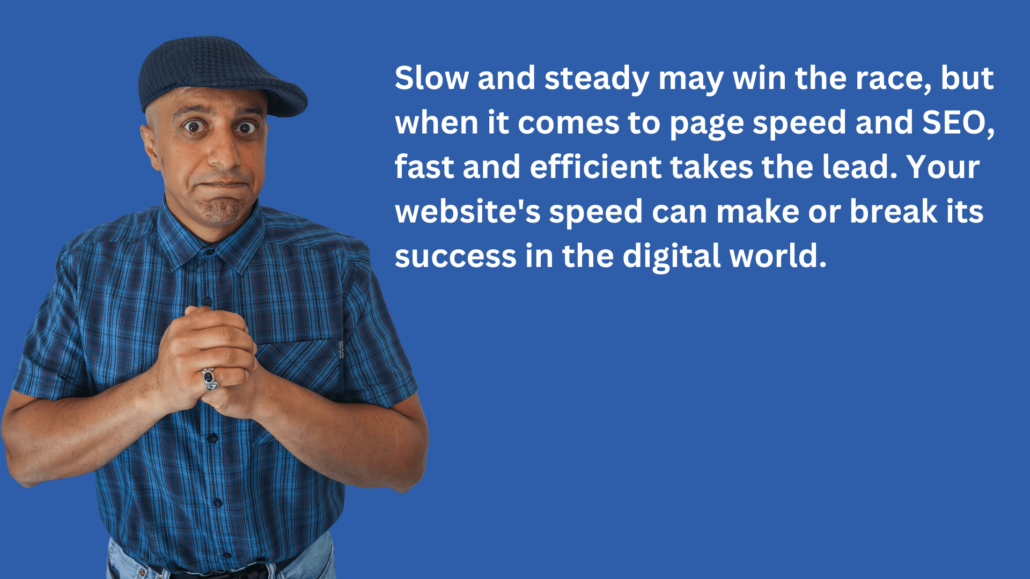In today’s digital age, writing high-quality content is essential for any website or online business. Search engine optimisation (SEO) plays a critical role in making sure your content is visible to potential customers and clients. The more visible your website is in the search engine result pages (SERPs) the better the chance is that potential customers will visit your web pages and buy your products.
In this article, we will explore the best practices for writing high-quality content that is optimised for search engines.
Understand Your Target Audience
The first step in writing high-quality content is understanding your target audience. Who are you writing for, and what are their interests, needs, and pain points? It’s essential to conduct research on your target audience to get a better understanding of what they’re looking for and how you can address their needs.
Some ways to gather information about your target audience include conducting surveys, analysing social media demographics, and reviewing customer feedback. By understanding your target audience, you can tailor your content to their specific needs and preferences, making it more likely to resonate with them and attract their attention.
Conduct Keyword Research
Keyword research is another crucial step in writing high-quality content for SEO. Keywords are the words and phrases that people type into search engines when looking for information, products, or services. By including relevant keywords in your content, you increase your chances of appearing in search results and driving traffic to your website.
There are various tools available to help you conduct keyword research, including Google Keyword Planner, SEMrush, and SE Ranking. These tools allow you to identify high-volume and low-competition keywords related to your topic and target audience. Once you’ve identified your target keywords, you can strategically include them in your content to optimise it for search engines.
Write Compelling Headlines
Your headline is the first thing people see when they come across your content. A compelling headline can grab their attention and entice them to click through to your website. When writing headlines, it’s essential to keep them short, descriptive, and attention-grabbing.
One popular approach to writing headlines is using the “4U” formula. This formula suggests that your headline should be unique, urgent, useful, and ultra-specific. By following this formula, you can craft headlines that are compelling, informative, and optimised for search engines.
Create High-Quality Content
Creating high-quality content is essential for SEO. Search engines favour websites that publish fresh, informative, and engaging content regularly. When creating content, it’s essential to focus on quality over quantity.
High-quality content is well-researched, informative, and relevant to your target audience. It’s also well-organised, easy to read, and free from errors and typos.
By creating high-quality content, you can establish yourself as an authority in your industry, build trust with your audience (online as well as offline), and improve your search engine rankings.

Use Internal and External Links
Internal and external links are another critical element of SEO that many digital marketers neglect. Internal links are links that point to other pages on your website, while external links (outbound links) are links that point to other websites. By including relevant internal and external links in your content, you can improve your website’s authority and credibility.
Internal links help search engines like Google and Bing understand the structure of your website and the relationships between different pages.
Website structure is (should be) a vital aspect of your SEO strategy. Why? Because the structure of your website shows Google which pages of your site are most important. Internal links also keep visitors on your website longer by guiding them to other relevant content.
Outbound links, on the other hand, show search engines that your website is connected to other high-quality websites in your industry. In other words, properly linking to trustworthy sources will contribute to the E-A-T (Expertise, Authoritativeness, and Trustworthiness) of your content as this shows search engines that you’re using the right information to create content.
Optimise Your Metadata
Metadata is the information that appears in search engine results pages (SERPs) when someone searches for a particular keyword. Optimizing your metadata can improve your click-through rates and drive more traffic to your website.
There are three main types of metadata: title tags, meta descriptions, and header tags. Title tags are the main headlines that appear in SERPs, while meta descriptions are brief summaries of what your page is about. Header tags (H1, H2, H3 etc.) are used to break up your content into sections and provide structure.
When optimising your metadata, it’s essential to include your target keywords in your title tags and meta descriptions. You should also make sure that your meta descriptions accurately describe the content on your page and are written in a compelling and engaging way.
Use Visuals
Visuals are an essential part of high-quality content. Visual content can make your web pages more engaging, memorable, and shareable. Visual elements like images and charts can also help break up long blocks of text and provide a more accessible and pleasurable reading experience.
There are many types of visuals you can use in your content, including images, videos, infographics, and charts. When using visuals, it’s essential to make sure they are high-quality, relevant, and properly optimised. You should also include alt text descriptions for your visuals, as this can improve your website’s accessibility and search engine rankings.
Note: Make sure your images add to the story. Google’s machine learning algorithm is learning to read visuals and if the Search Giant is focusing on learning how to crawl elements on your web page and then attribute them to the value your site brings to the Internet you should pay attention.
Optimise for Mobile
With more and more people accessing the internet on their mobile devices, it’s crucial to optimise your content for mobile. This means making sure your website is responsive, loads quickly, and is easy to navigate on a small screen. Nowadays Google predominantly uses the mobile version of your website’s content, crawled with the smartphone agent, for indexing and ranking so optimising for mobile is paramount.
When creating content, it’s essential to keep mobile users in mind. This means using shorter paragraphs, larger font sizes, and fewer visuals. You should also make sure your website’s design and layout are optimised for mobile devices.
Note: Make sure you optimise your visuals for mobile as page speed is a ranking factor in a Mobile-first indexing world. Slow and steady may win the race, but when it comes to page speed and SEO, fast and efficient takes the lead. Your website’s speed can make or break its success in the digital world.
So, optimise your pages for lightning-fast load times, and watch as your rankings soar. Remember, speed is not just a competitive advantage, it’s a crucial component of delivering a seamless user experience. Keep your site speedy and your audience happy!

Monitor and Analyse Your Results
Finally, it’s essential to monitor and analyse your content’s performance regularly. This means tracking your website’s traffic, engagement, and search engine rankings. By analysing your results, you can identify what’s working and what’s not and make necessary adjustments to improve your content’s performance.
Note: Content that doesn’t work should be retired.
There are many tools available to help you monitor and analyse your content’s performance, including Google Analytics, SEMrush, and Ahrefs. These tools allow you to track your website’s traffic, engagement, and search engine rankings, as well as identify areas for improvement.
Conclusion
In conclusion, writing high-quality content is essential for search engine optimisation. By understanding your target audience, conducting keyword research, and creating compelling headlines and high-quality content, you can improve your organic visibility (rankings) and drive more traffic to your website.
By using internal and external links, optimising your metadata, using visuals, and optimising for mobile, you can improve your website’s authority, credibility, and user experience. Finally, by monitoring and analysing your results, you can identify what’s working and what’s not and make necessary adjustments to improve your content’s performance.


Leave a Reply